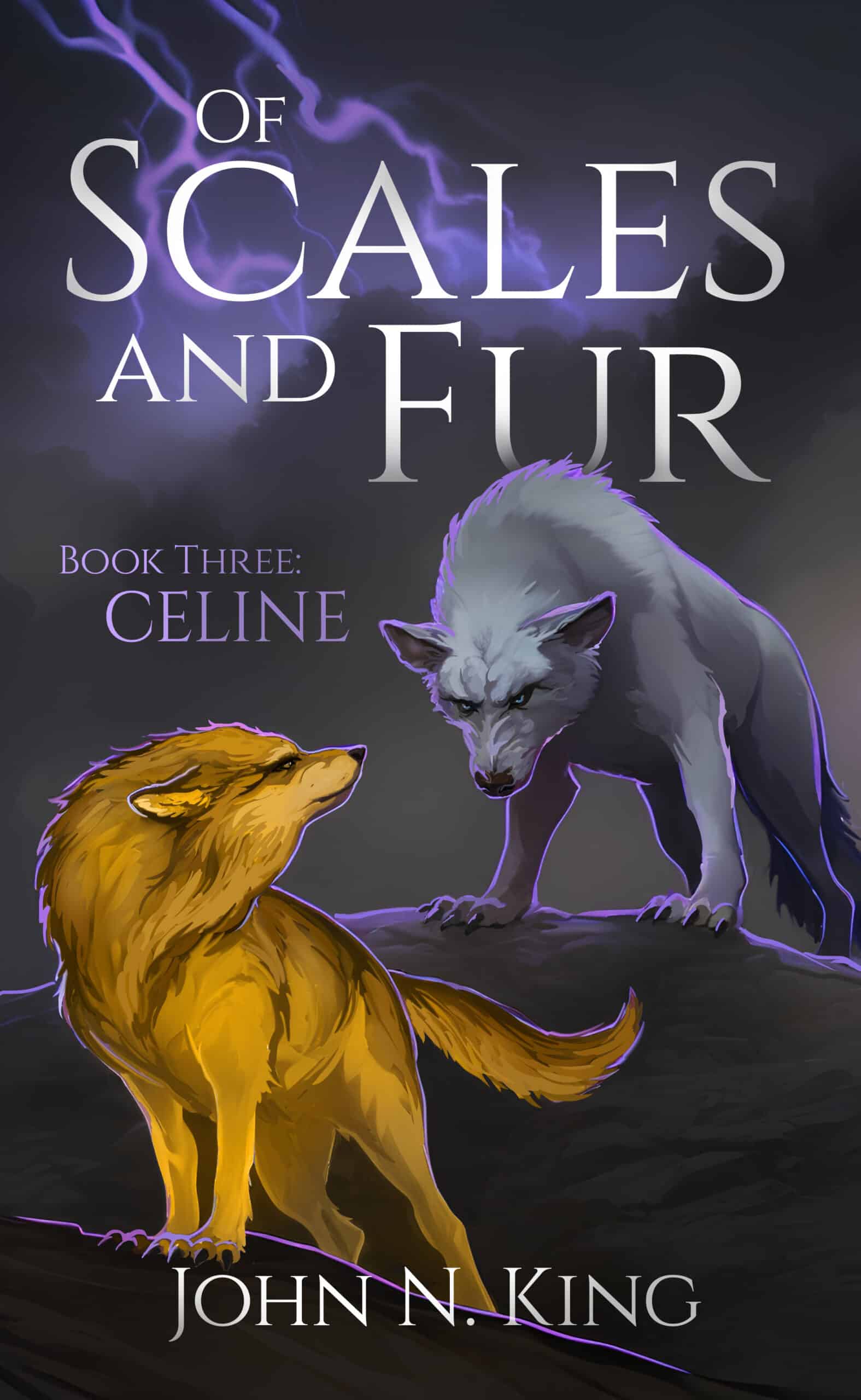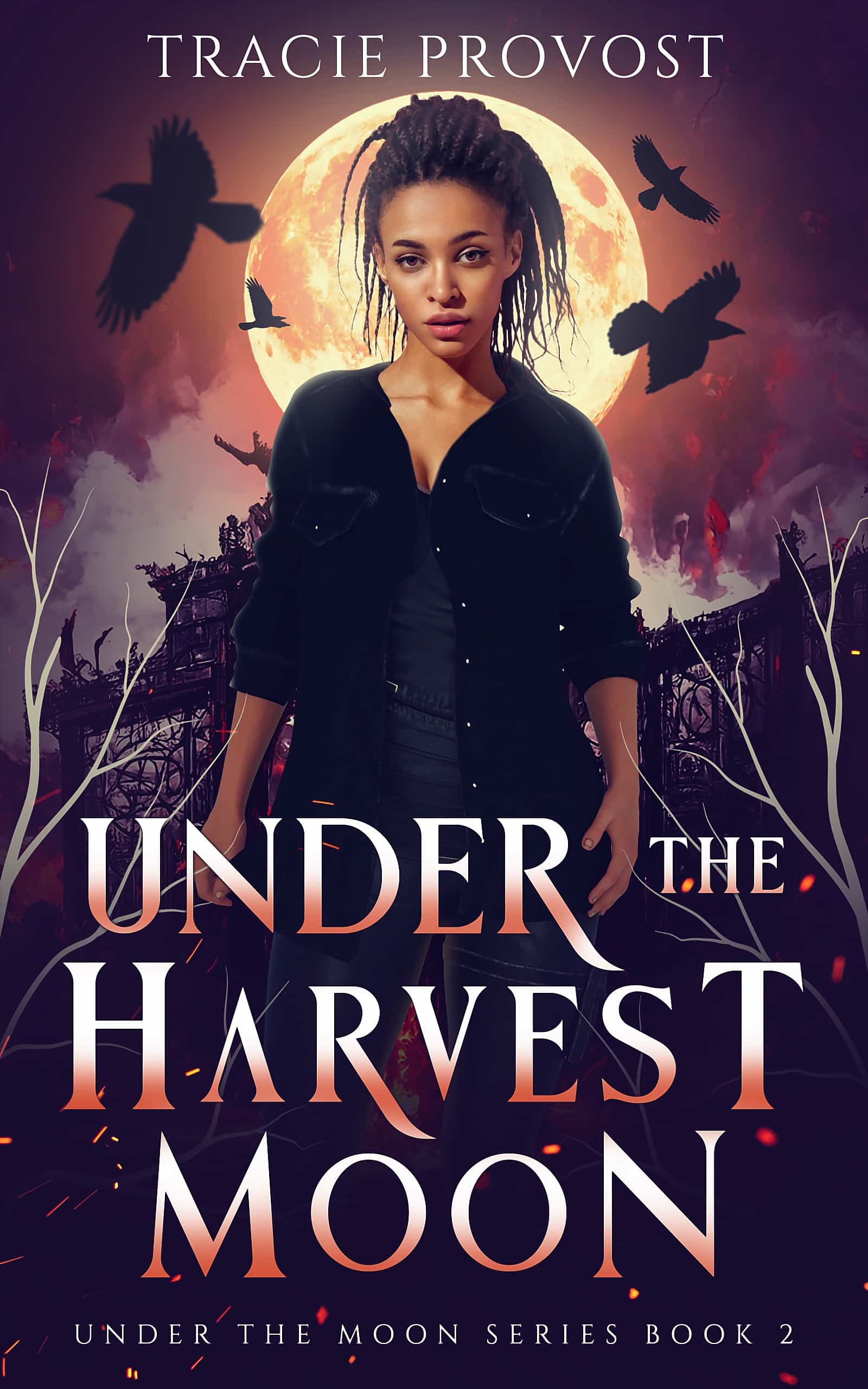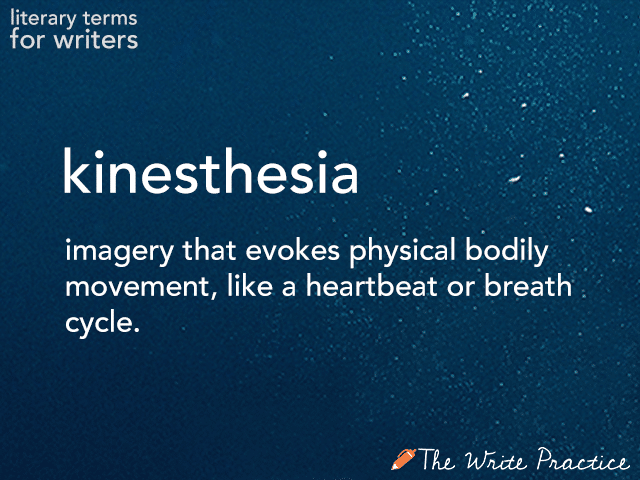
by Liz Bureman |
It’s kind of fun when words that refer to literary techniques have their origin in other disciplines. Take kinesiology, for example. I had several friends in college who were kinesiology majors, which means that they studied the science of human movement. That general idea of movement is also reflected in today’s new literary word: kinesthesia.

by Liz Bureman |
My mother seems to appreciate having a grammar lover in the family. For Christmas one year, she bought me the book I Judge You When You Use Poor Grammar. (By the way, it is equally correct to say “bad grammar.”) Last week, my mother emailed to ask if she was using the word “nor” correctly, which brings me to today’s post: the use of either, neither, and the connecting words that go with them.
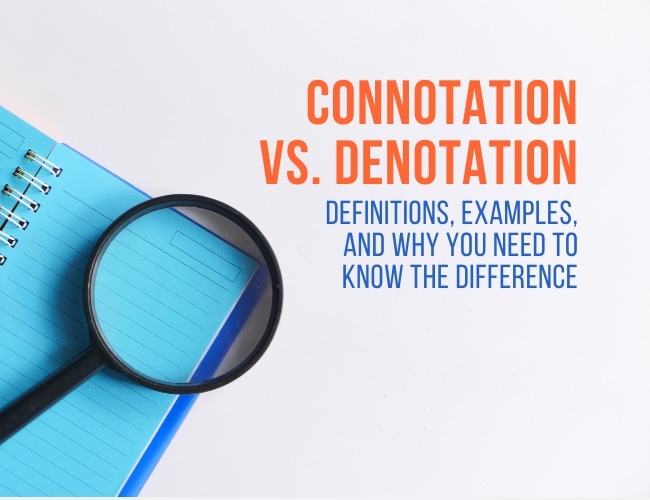
by Liz Bureman |
“The difference between the right word and the almost right word is the difference between lightning and a lightning bug.” —Mark Twain
One of the best parts about writing is the fact that you get to pick your words. And we have so many words to choose from! Literally tens of thousands of beautiful words flitting through space, just waiting for you to pinpoint exactly which one to use to describe your protagonist, setting, or climactic scene. However, despite the fact that you have seemingly unlimited options when it comes to word choice, the meaning that you’re trying to express may narrow your selection significantly.

by Liz Bureman and Sue Weems |
Comedy, as a plot, refers to a specific narrative structure characterized by misunderstandings, mistaken identities, and humorous situations that lead to a resolution and a happy ending.
In the context of storytelling, a comedy plot often begins with a scenario that creates conflict or confusion, particularly between characters who are romantically interested in one another but are kept apart by various comedic obstacles. These obstacles—often fueled by folly, deception, or societal norms—culminate in a series of humorous events that ultimately resolve the conflict, allowing the characters to unite or find happiness.
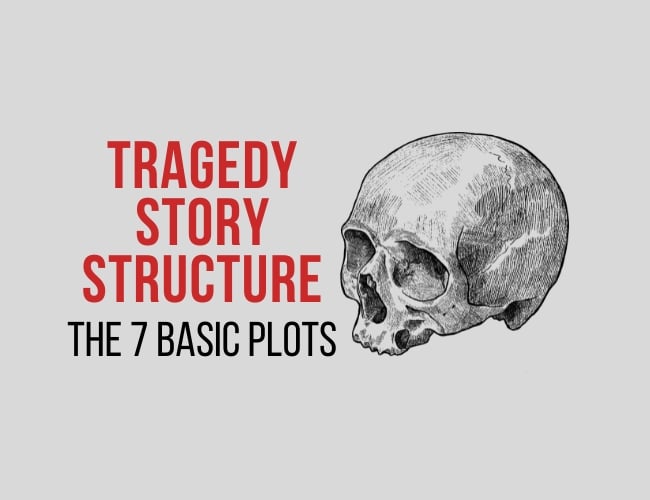
by Liz Bureman and Sue Weems |
The two best known of the basic plots outlined by Christopher Booker are comedy and tragedy, These two basic plot types make up the two halves of the drama masks that represent classic theatre, and you can categorize most of Shakespeare’s plays into one of the two. Today we look at tragedy story structure and examples.





